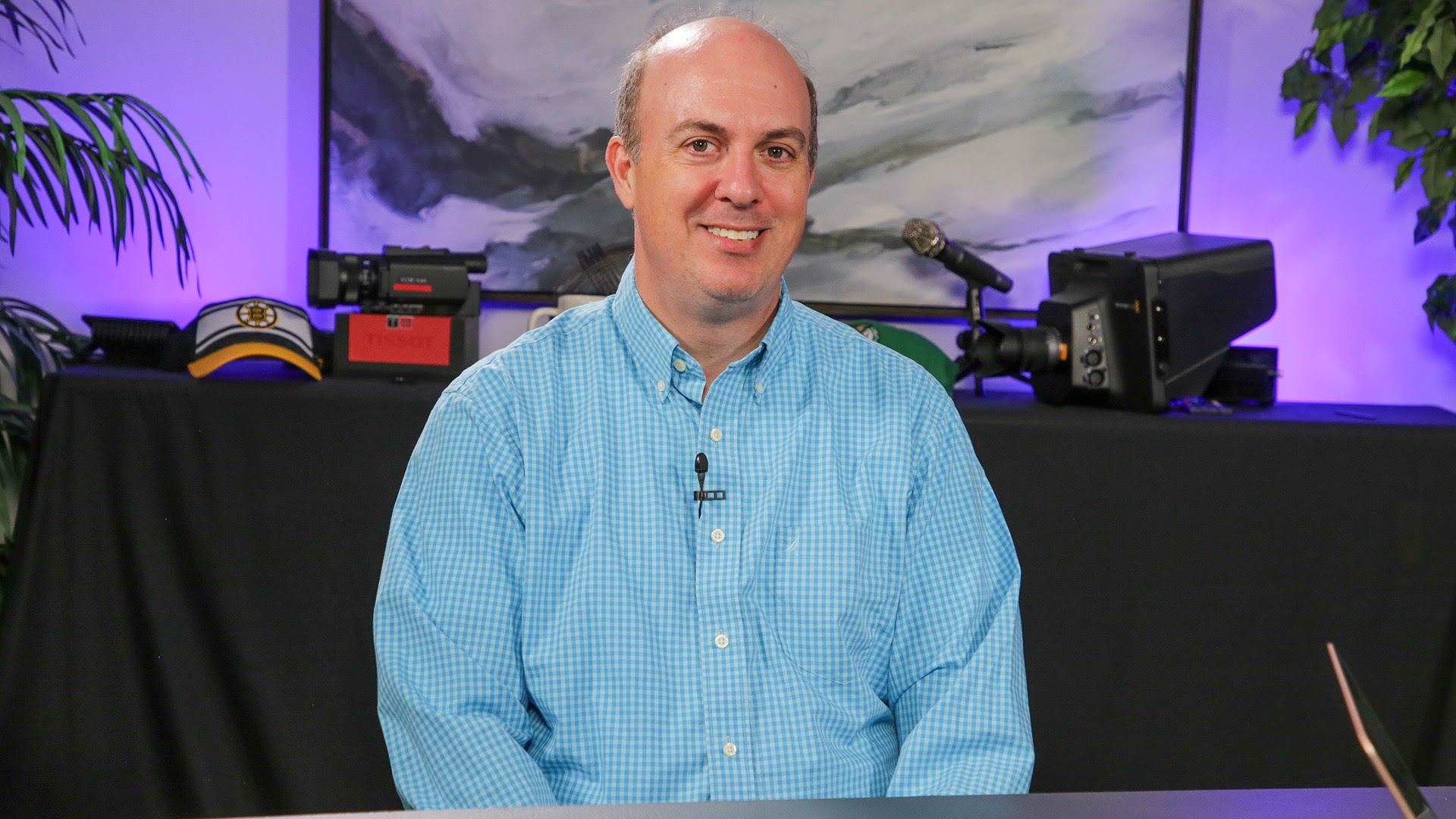 CLOUD
CLOUD
 CLOUD
CLOUD
 CLOUD
CLOUD
With cloud computing and artificial intelligence dominating conversations across tech and enterprising, it’s no surprise these two technologies are heavily contributing to the evolving landscape of digital transformations.
Every industry, from financial to manufacturing to healthcare, is harnessing the power of artificial intelligence and edge computing to help streamline and scale transformation journeys. With multicloud and hybrid solutions, enterprises keep their data and applications distributed across public clouds and servers, causing an “interesting” dynamic.
“On the one hand, the reason I go to a specific public cloud isn’t to get the cheapest compute at volume; it’s they’ve got hundreds of cool services that I want to take advantage of,” said Stu Miniman (pictured), senior director of market insights at Red Hat Inc. “But the more you take advantage of proprietary services, the more you are stuck on what they’re doing. What we’ve been working on Red Hat since the early days is, first, we put Linux in all the clouds. Then we put OpenShift or Kubernetes in all the clouds in the data center and out at the edge to give you that consistent experience everywhere.”
Miniman spoke with theCUBE industry analyst Dave Vellante at Supercloud 4, during an exclusive broadcast on theCUBE, SiliconANGLE Media’s livestreaming studio. They discussed how emerging technologies are changing digital transformations, the importance of providing a consistent developer experience across cloud environments and the impact AI has across industries.
One emerging trend that eases some pressure off engineers and developers is the increasing use of platform engineering. Platform engineering simplifies operations, allowing developers to design and build internal developer platforms, workflows and tools.
“In the cloud-native space, there’s a very popular project called Backstage, which came out of Spotify, that helps in that environment,” Miniman said. “We’ve been working in that space at Red Hat for about a year now to help simplify that and allow companies to take access to it. It’s making simpler that platform piece, and developers will then be consumers of that environment.”
While AI is a significant megatrend with the potential to disrupt several industries, in some countries, especially in the EU, data sovereignty issues are emerging.
“Every country wants the data staying in their country, and that’s been a big shift when you talk about how I think about my data,” Miniman said. “And the power of AI should be the more data I have access to and be able to train on. I’m curious how will sovereignty be pushing against the trend of AI.”
Red Hat has an Ansible automation team, built on a large language model by IBM, all running on OpenShift.
“When I think about dupercloud, when I think about large language models, we’re an underpinning layer for that just because the platform that we’ve built, containers, Kubernetes, scalability, automation, can live in a lot of these environments,” Miniman said. “AI’s been a great workload for us, and this should be a great tailwind for us in this space.”
Red Hat partners closely with public cloud providers. One of the biggest challenges public cloud providers face is creating a consistent experience across all estates, with Amazon Web Services Inc. creating Wavelengths, Local Zones, and Outposts to create more consistency.
“We can live right on Amazon Elastic Compute Cloud in AWS, and we can actually put our software on all of those other flavors too,” Miniman said. “From our standpoint, we can live in the data center and the public cloud and the edge. When you talk about what the public cloud providers are doing from hybrid, when they put more hardware footprints, the software can just go along with it most of the time.”
The conversation closed with the pair discussing the overall concept of the supercloud and the challenges and benefits it can bring to the table.
“If I zoom out a bit and think about what we have been doing for the last 20 years, it’s really about distributed architectures,” Miniman said. “We have to have things that just are out of the box, hardened and easily installed, and easily managed, because otherwise when we get to fleets of devices or highly distributed, we can’t take advantage.”
Here’s the complete video interview, part of SiliconANGLE’s and theCUBE’s coverage of Supercloud 4:
THANK YOU